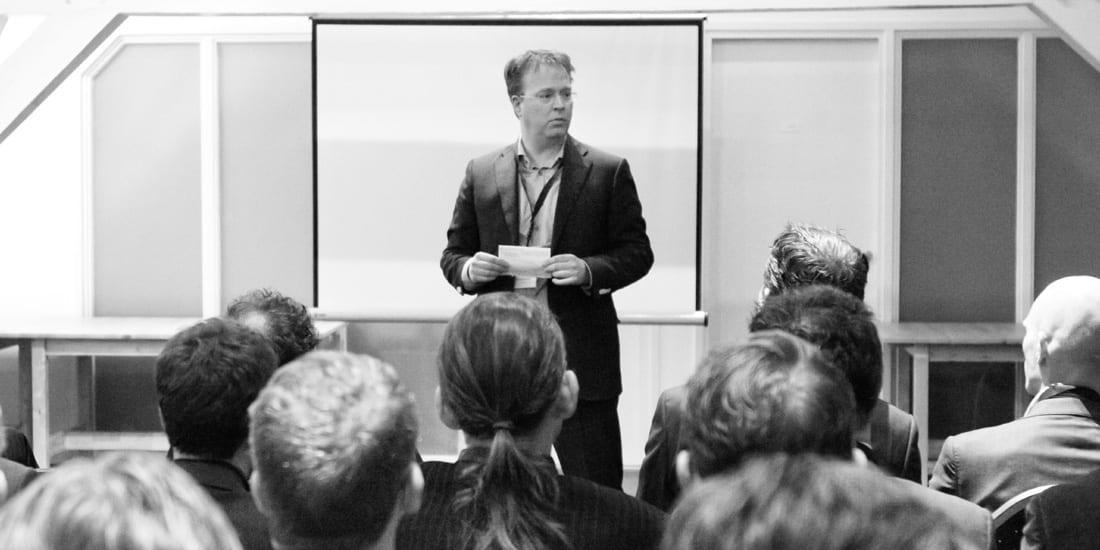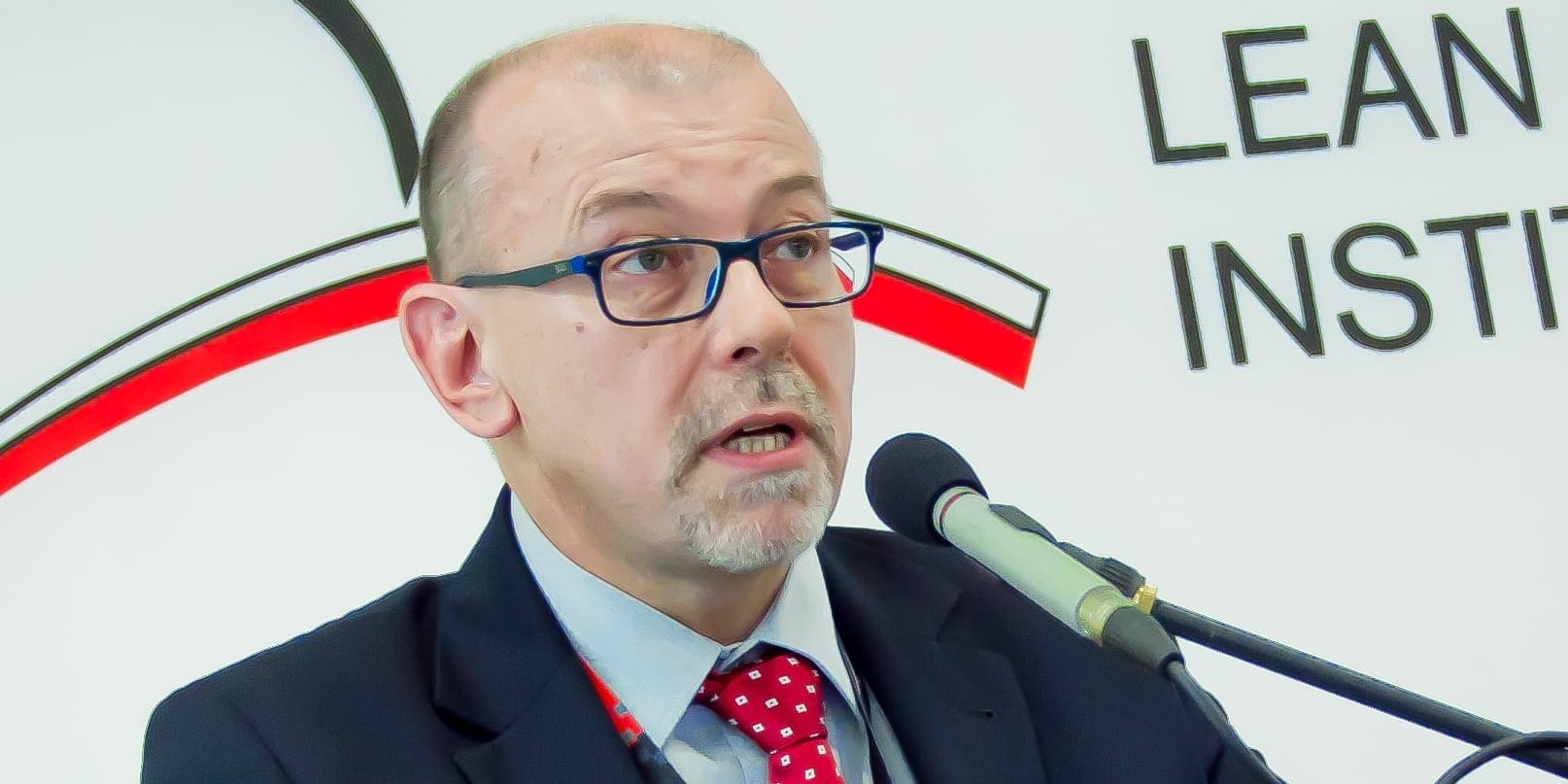
Enabling lean turnarounds
BOOK EXCERPT – In the introduction to his new book, Art Byrne reflects on his lean journey and explains why to understand lean one must change their mindset.
Words: Art Byrne
My lean journey began in January of 1982. I had just become the general manager of the High Intensity and Quartz Lamp Department, a component of General Electric’s Lighting Business Group in Cleveland, Ohio. In the fall of 1981, my operations manager, and the operations manager of another part of the Lighting Business Group who supplied my business with arc tubes, embarked on a week-long trip to Japan to discover the new “just-in-time” concept coming out of Toyota Motors.
This trip required them to follow up on something they observed and report on it to the central GE manufacturing staff within six months. Because one business was a supplier to the other, they decided on doing a simple kanban system. They checked with me and my counterpart general manager, and we both thought it was a good idea. At the time, the idea of just-in-time was new, and we were all curious about it. I had even read some articles and an early book on the subject but will admit I still didn’t know very much.
What we did was simple. We wanted to see if this just-in-time stuff could work. We bought a small truck and created kanban quantities and kanban cards to represent each tray of arc tubes. Our plants were about a 45-minute drive from each other. Each morning the truck would deliver a fresh batch of arc tubes to my plant and take away the kanban cards that represented the trays of arc tubes we used the day before. The next morning, the truck would deliver the arc tubes based on the kanban cards it picked up the day before and take away a new set of kanban cards. This was all very simple and worked smoothly.
The results were dramatic. Within three months, my inventory went from 40 days to 3, and the inventory of my supplier dropped from around 60 days (they had a huge room filled with nothing but my arc tubes) to zero. That was nice, but at the time GE was all about “make the month,” and no one cared about inventory reduction, so we got no pats on the back for this success. What we did get, however, was surprising gains in every other area.
Our customer service improved dramatically, for example, and our lead times dropped dramatically. As we removed inventory, our shop floor became cleaner and safer. Our workforce was happier in the new environment, and productivity went up. Arc tubes are extremely breakable items, and by limiting the quantity, people were required to handle them more carefully, and so our scrap levels came down and our quality went up. This was eye-opening for me. I discovered the enormous benefits of just-in-time inventory over our prior “just in case” approach. The excess just-in-case inventory had done nothing more than hide the waste.
Based on this experience, I decided to learn more about this approach and to use just-in-time in any business I would run going forward.
As it turned out, my later roles as a group executive at the Danaher Corporation, CEO of the Wiremold Company, an operating partner in a private equity firm and in a few volunteer roles, either helping a friend or where I was on a board of directors, have allowed me to implement lean in a variety of industries.
Throughout this work, I learned how lean can work in any industry if you understand how to implement it and are willing to stick with it. For me, the real learning took place shortly after I left GE and became a group executive at the Danaher Corporation.
One of the companies I was responsible for there, Jacobs Engine Brake (or “Jake Brake”), was really struggling. President George Koenigsaecker and I were the only two people in Danaher with just-in-time experience, so we decided to fix it using that approach. By then, 1986–87, we had begun calling this approach “TPS,” or the Toyota Production System. The term “lean” wasn’t really used until 1996 with the publication of the book Lean Thinking by Jim Womack and Dan Jones. Even so, they are all the same thing.
We made good early progress and set up a couple of manufacturing cells. They weren’t very good, but they were way better than we had before. Then, in early 1987, we got lucky. We had been reading the book Kaizen by Masaaki Imai and found that he was holding a one-week just-in-time seminar in Hartford, Connecticut, just down the street from Jake Brake. George signed us up and took about five of his people and myself (my office was in the Jake Brake building).
The seminar was taught by the Shingijutsu consultants – three former Toyota executives who had worked directly for Taiichi Ohno, the father of the Toyota Production System, teaching TPS to Toyota’s first-tier suppliers. George and I thought, “wow, these are the guys who could really help us,” and George badgered them all week. He bought them dinner one night and took them to the plant afterwards. They came again later in the week when I could be there, and we had another meeting on Saturday morning before they left. Basically, we begged them to come help us. They said, “We are too old, we don’t speak English, and it is too far away.” We said, “But we have great steaks and lobster and lots of golf.” I think golf won the argument.
We started this work at Jake Brake and a sister company, Jacobs Chuck (also one of my Group companies). George K and Jake Brake took the lead. The Shingijutsu men told us, “Everything here is no good, what do you want to do about it?” They weren’t normal consultants. No PowerPoint presentations. In fact, no presentations at all. We just worked on the shop floor finding and eliminating waste. They gave us some training in the principles of the Toyota Production System, but most of the effort was showing us how to set up and run a kaizen.
Lean is all about learning by doing, and with Shingijutsu we were constantly doing and learning. We worked with them on the shop floor all day, and then took them to dinner every night to pump them for more information. On the weekend before a kaizen week, we would take them golfing and, of course, pump them for more information. We heard great stories about Taiichi Ohno and how he went about things. He apparently scared everyone to death because he was very tough, but at the same time they revered him for pushing them to get better.
We were learning how to do setup reduction, how to create flow and standard work, and most of all how to see the waste that we couldn’t see before. The implications of all this learning were kind of mindboggling when you thought about what it meant for the whole business. George K and I both had some strategic planning roles in our background, and before long we came to view TPS/lean as the greatest strategic weapon we had ever seen. One day at lunch, we mentioned this to Mr. Iwata, the president of Shingijutsu. “Iwata-san, TPS is the greatest strategic weapon we have ever seen. How does Toyota allow you guys to go out and teach it to others?” He just looked at us and laughed. “I can tell you about TPS,” he said, “I can even take you and show it to you, but I bet you can’t go home and do it.”
Well, after all these years Iwata-san’s prediction has held up and proven to be true. But why? The lean fundamentals of work to takt time, one-piece flow, standard work, and pull system are all pretty easy to understand. What is difficult is that lean is more of a way of thinking, a philosophy if you will, about how to look at work, manage people, and run a business. If you can’t change the way people think and see things, you won’t be successful.
That’s easy to say but hard to reconcile with the fact that lean sees almost everything the opposite way from which most people have been trained. If your whole business experience, your success and your rewards have come from doing something a certain way, then how would you react if I walk in the door and challenge you by saying, “Look, this is all no good?” Probably not too well. Let’s take a couple of examples to illustrate the point.
For decades, the accepted wisdom in the automotive industry was that no matter what happened, you followed the rule “don’t stop the line.” It was taken without question that it was far cheaper to fix any defects down the line after the fact. After Shingijutsu started helping Porsche, I was asked to give a talk there, and during a plant tour I was told that “for the first 60 years, Porsche never made a car without a defect.” But then Toyota came along and ran a “stop the line” approach that provided superior quality and much lower costs. Control was given to the operators, by way of an andon cord to pull to stop the line whenever there was a problem. Porsche adapted so that problems were addressed and solved on the spot and, bit by bit, were eliminated for good.
A similar example is the contrast between producing in batches and doing so in one-piece flow. The traditional view believes that batch production creates the lowest cost. Part of this is because “cost” is defined narrowly and misses a range of system costs. This loose term fails to take into consideration the excess space, the excess inventory, the extra moving and storing, the longer lead times, and certainly not the write-offs that occur when a batch is bad and must be scrapped. When all of this is factored in, one-piece flow produces a lower cost in almost every case – even though the traditional manager cannot accept this.
CHANGING THE MINDSET
Given the above, it is difficult to change the traditional “make the month” mindset that exists in most companies, and to persuade managers and leaders to embrace the lean approach of eliminating waste in your own operations to deliver more value added to your customers. Making the switch requires strong leadership with the knowledge of the advantages that lean can bring to all your stakeholders: the customer, the employee, the community, and your shareholders. The first step is to get the leaders the lean knowledge they need to guide the rest of the organization.
Books are a good place to start, and there are many books on lean that can provide an introduction; Lean Thinking by Womack/Jones, The Toyota Way by Jeff Liker, and Learning to See by John Shook and Mike Rother are all excellent. Visiting companies that have become lean is another great avenue to pursue. Next would be hiring a lean consultant who could help organize and run kaizen events in your firm. I took 15–20 people per year for a week-long trip to Japan so they could see lean in action in many different companies. This is the way I learned, and the same is true for most successful lean leaders.
Providing some help with your lean journey in fact is the purpose of my new book. My previous two books, The Lean Turnaround and The Lean Turnaround Action Guide (which won a Shingo Prize), were both well received. I have also written 100 articles on lean for the Lean Enterprise Institute, LEI, under the banner of “Ask Art.” Hopefully these have helped people better understand various aspects of lean. This book pulls these articles together in a way that allows you to zero in on aspects of lean that are the most pertinent to your current situation. Just turn to the Ask Art article that addresses your current concern. Of course, if you read all the articles, you will have an excellent knowledge of what lean is and how to implement and manage it. I hope you take this approach.

Buy your copy of The Lean Turnaround Answer Book here
THE AUTHOR

Read more


GETTING TO KNOW US – We continue our series of interviews with key Lean Global Network people with a chat with the President of Holland-based Lean Management Instituut.


FEATURE – In this intimate, moving account, the author shares her journey of personal transformation that caused her mindset and her attitude towards employees to dramatically change.


FEATURE – In this roundup, we discuss the obeya room and use some of the best articles on the topic to explain why it’s such a powerful tool to drive improvement in your organization.


GETTING TO KNOW US – We continue our series of interviews with Lean Global Network directors with a Q&A with another veteran of the global lean movement, Poland’s Tomasz Koch.
Read more


FEATURE – In business, the word “turnaround” refers to radical changes in the direction a company is moving toward. Here’s why Lean Thinking can increase the chances of success of such endeavors.


CASE STUDY – Lean thinking is transforming San Diego Zoo Global, helping this century-old organization provide a better experience to its visitors and a better life to its animals.


CASE STUDY – Over the past few years, DBS Bank in Singapore has undergone an extraordinary turnaround inspired by lean. Here, the COO explains how the company has become the world's "best digital bank".


DOCUMENTARY – In PL’s first ever documentary, we share the story of a chain of car dealerships in Africa. Watch and learn how people development and lean leadership made for one of the best turnarounds you’ll ever encounter.

